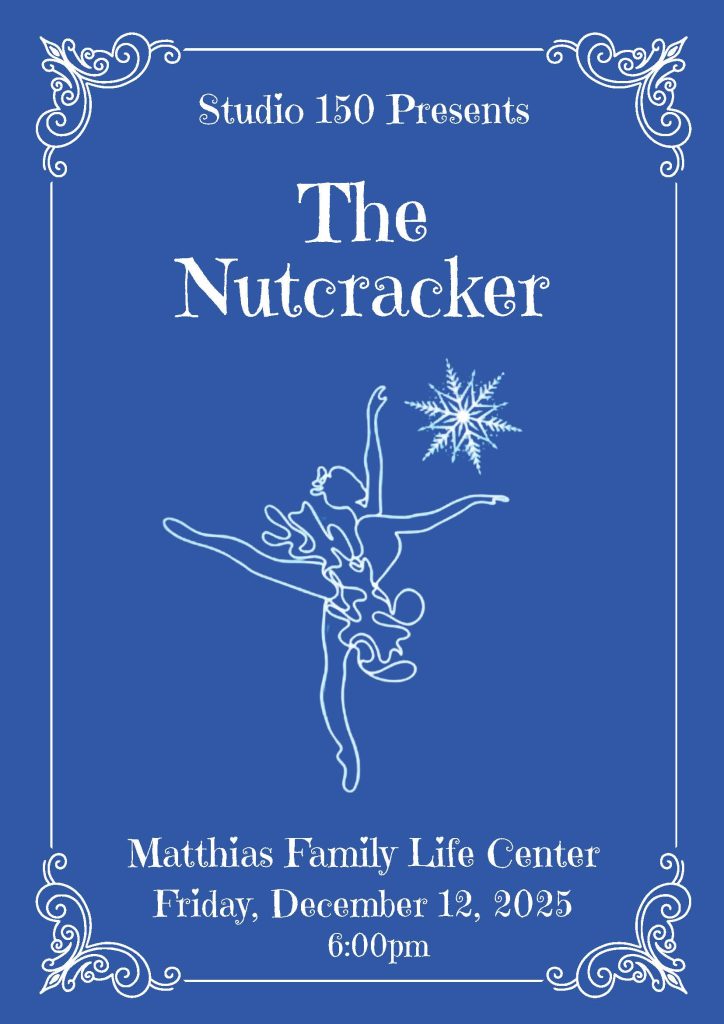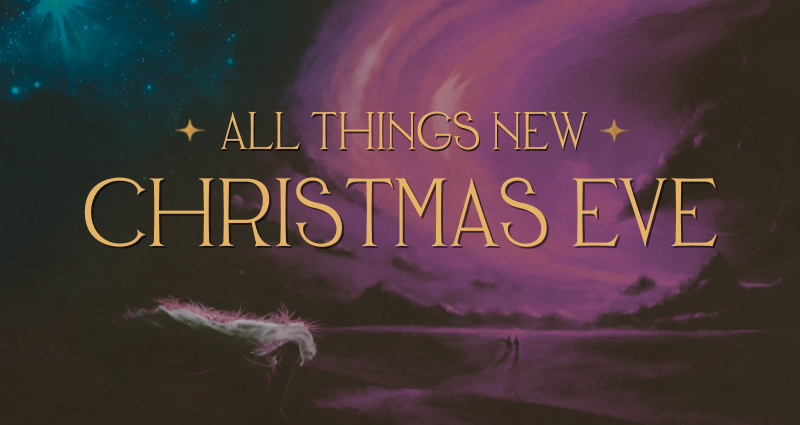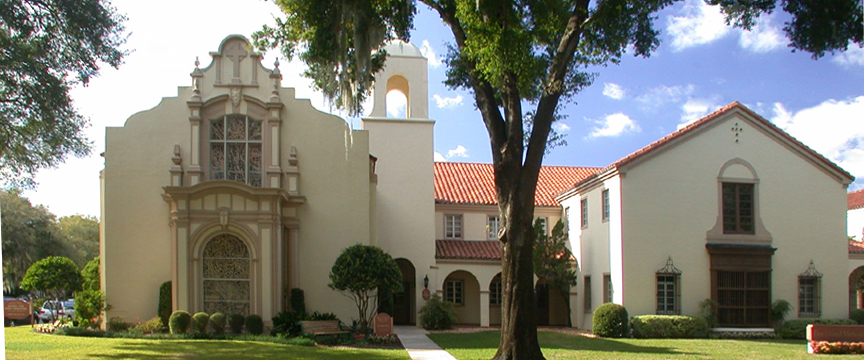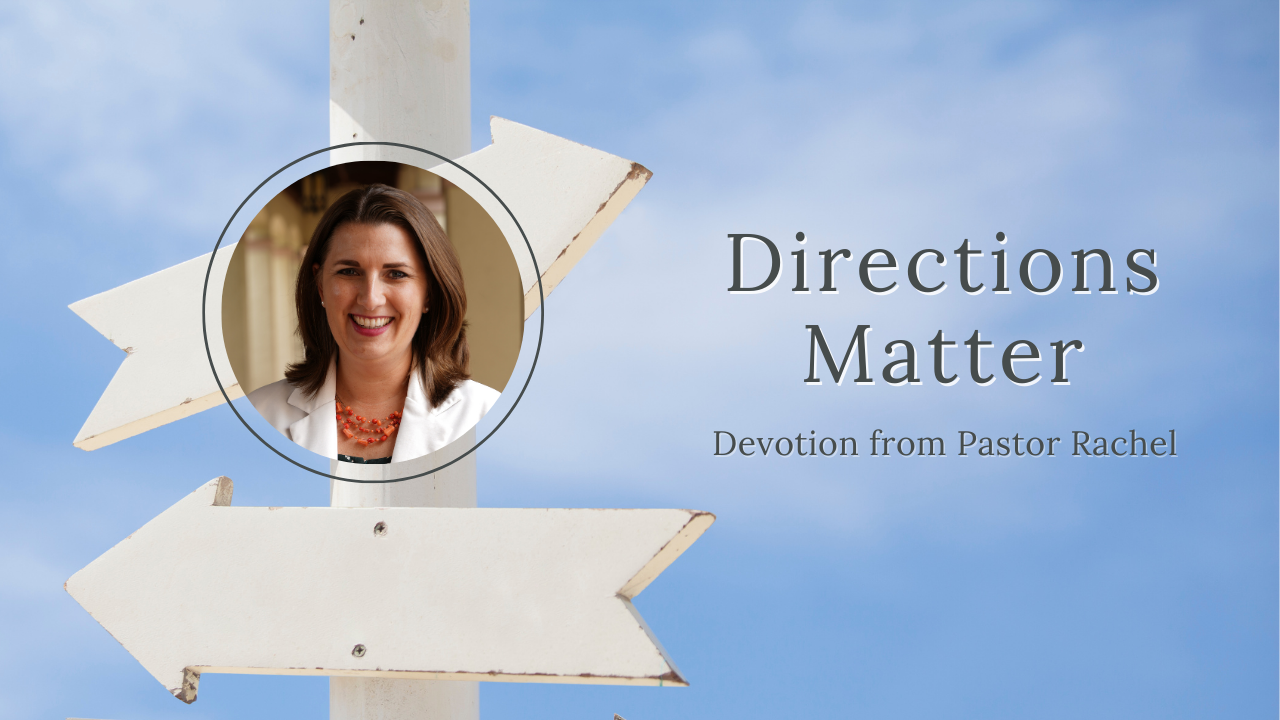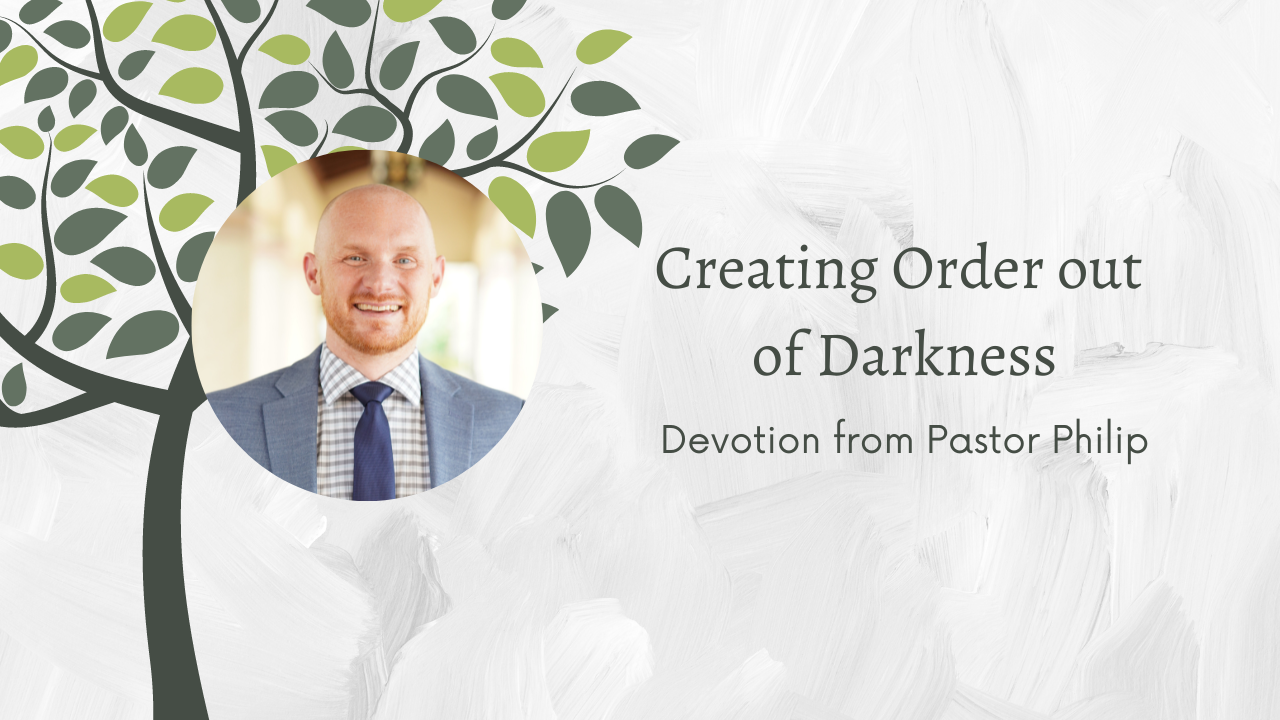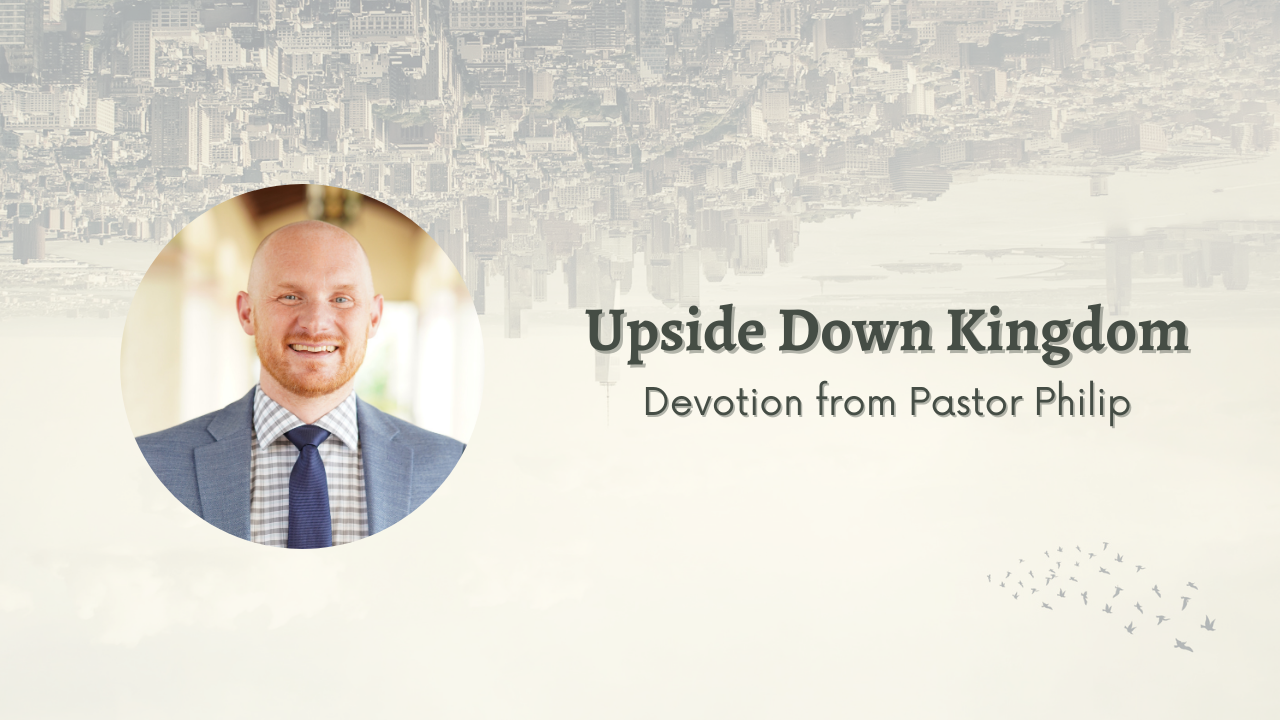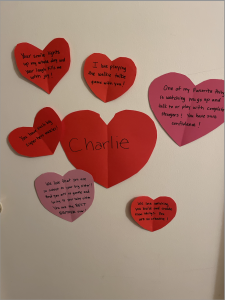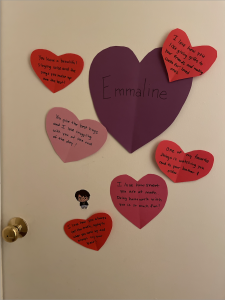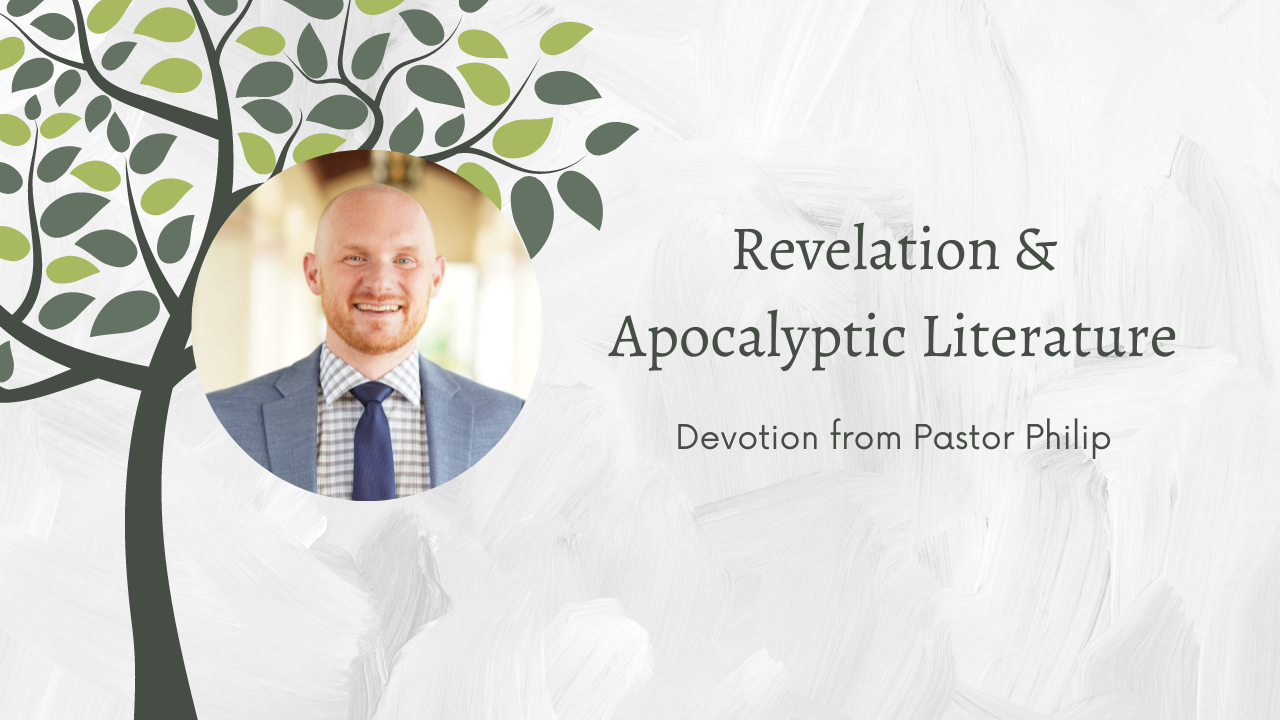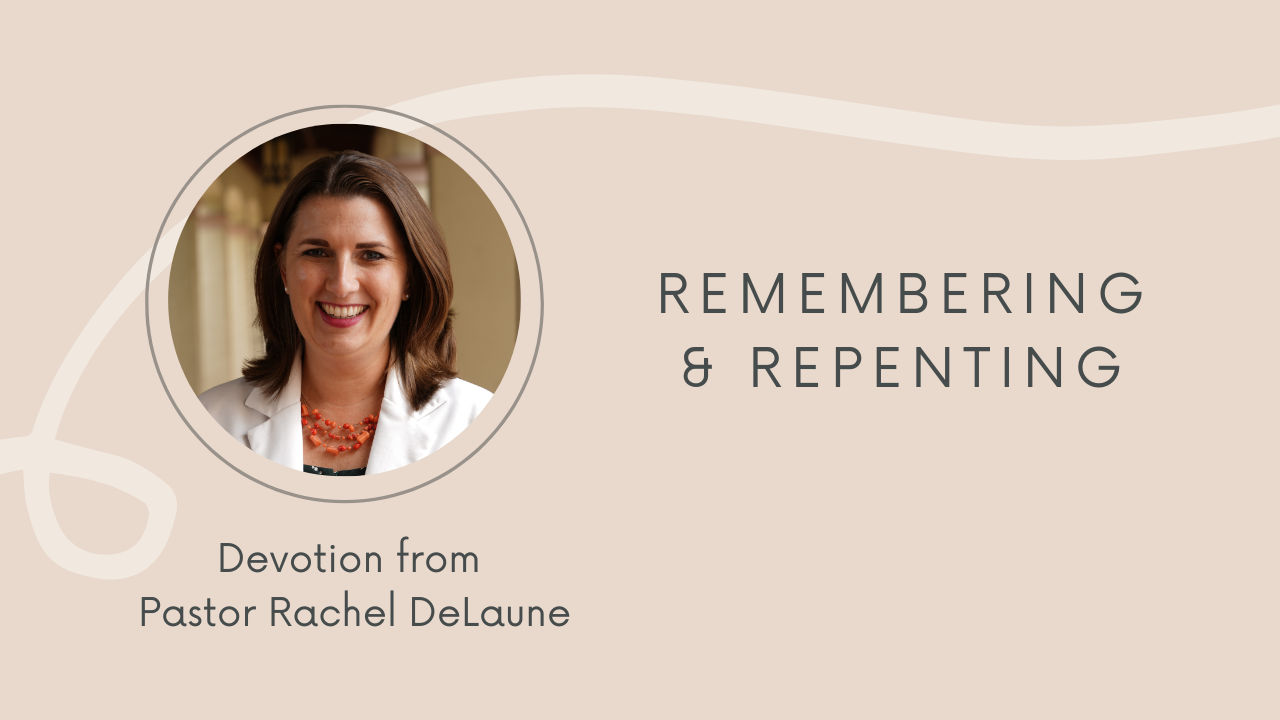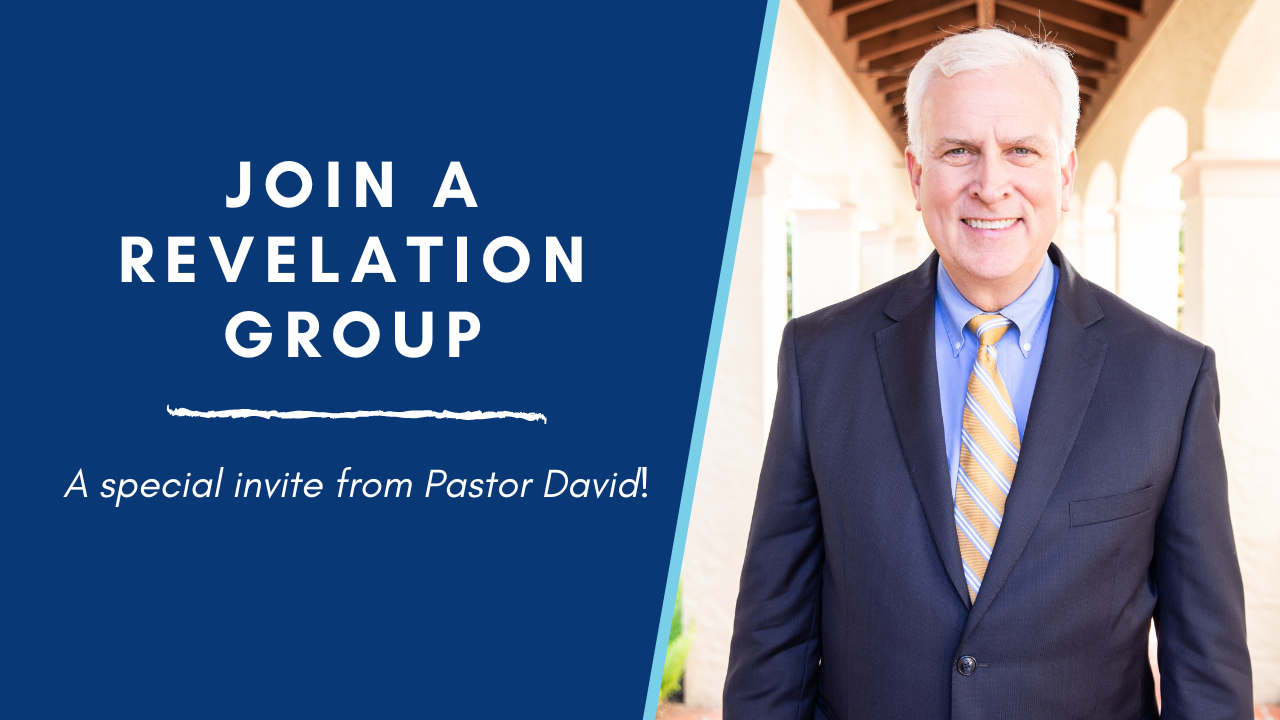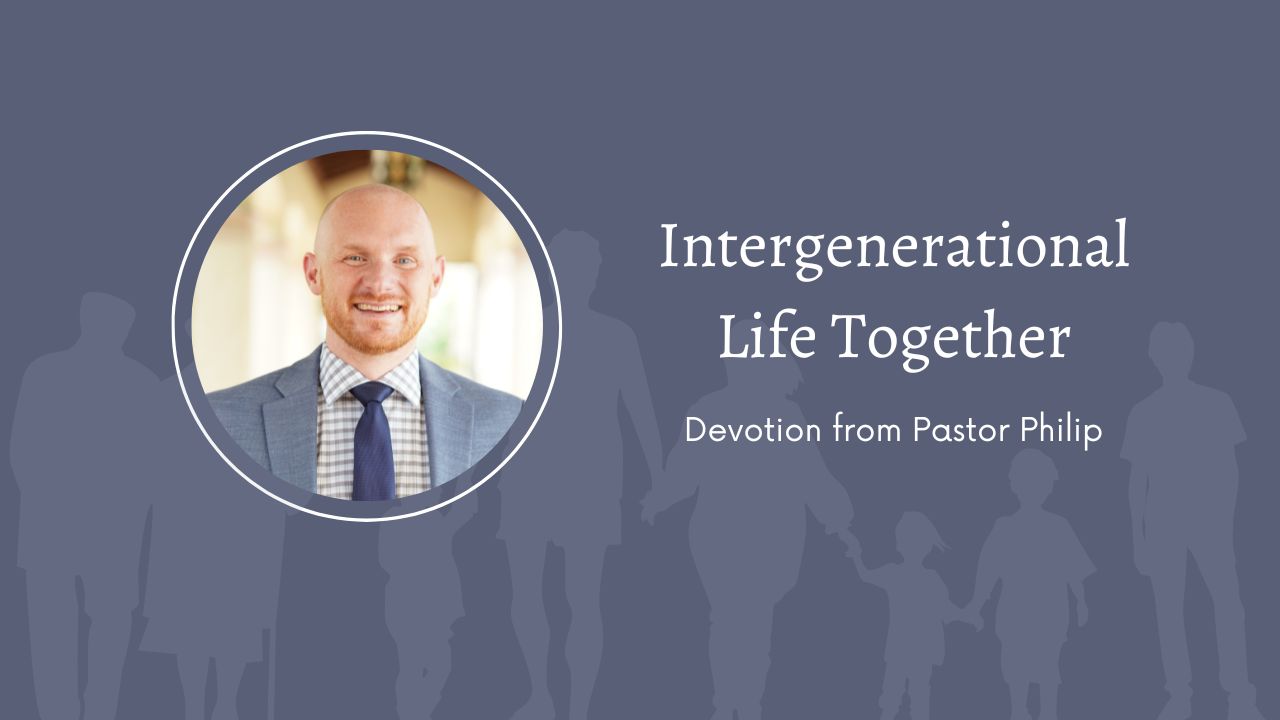 This past week our little family got away and spent 5 days up in the Great Smoky Mountains near Waynesville. A family from Ryan’s church opened up their mountain home to us and we decided to make an adventure out of it. The drive up there with three young kids was adventure enough, but we included a waterfall hike, a trip into Asheville, a visit to Lake Junaluska and an opportunity to teach our big kids how to ski at Beech Mountain…yes, we are tired.
This past week our little family got away and spent 5 days up in the Great Smoky Mountains near Waynesville. A family from Ryan’s church opened up their mountain home to us and we decided to make an adventure out of it. The drive up there with three young kids was adventure enough, but we included a waterfall hike, a trip into Asheville, a visit to Lake Junaluska and an opportunity to teach our big kids how to ski at Beech Mountain…yes, we are tired.
Our week started off last Tuesday with a hike. Ryan had done his research and found an easy enough family-friendly hike up to Flat Creek Falls and so we packed a lunch and snacks and headed out. Remember, directions matter. When we finally arrived at the trailhead, the entrance had been washed away by a creek and in order to get on to the trail, we had to walk across two logs that were steady, but all that stood between us and the cold creek. Ryan’s parents were with us and so the 7 of us set off up the trail. Now I should note that while I love nature, I am not an “outdoorsy girl” but I want our children to love nature and so we give it our best shot. Time in nature gives us time to talk and laugh and sing with our kids and it allows us to notice things that we are often too busy or distracted to see. There is a lot to appreciate while out hiking, but this wasn’t a normal hike. What we quickly learned is that the path was distorted and rather hard to follow. There were times that the trail was obvious and clear and well maintained and other times where actual tree limbs had to be removed or rocks tossed down to cross through the mud. For the majority of the almost 6 miles, our tiny humans were troopers. But towards the end, their legs hurt, they needed a potty, and we all needed clear reassurance that we weren’t going to die out there.
You see, when we returned to our car (by another route, no doubt) we looked at the way we traveled on our tracking app and it was quite hilarious (see right photo). When I look at this view of the path we walked that day, I am reminded how important it is to know where we are headed, especially if we are taking others along for the journey. Having clear directions, or at least a map to follow is vital for the journey, both in life and in faith. Ryan is a skilled navigator of maps, but the trail had been distorted by a recent storm. In fact, we saw evidence of chain saws while we climbed that showed that others had come before us to clear the path and yet the path was still winding and unclear, steep and a bit unsafe at times.
Back at the mountain house that night with a warm meal in my stomach, I began to see the connection between directions on a map and directions on our faith walk. Even if you are the most skilled hiker or avid nature enthusiast, there will be times when you get lost. There will be seasons when you lose your way, when the path before you is distorted and unsafe. These moments may have little to do with your faith and everything to do with the storms of life. They are inevitable and unwelcome, but a part of the human condition just the same.
Growing up in church, maybe you learned that the Bible is the ultimate map for the journey; guiding and directing you towards the correct way of living. But I want to challenge that. Yes, Scripture is the primary source for understanding our faith. However I have shared life with many that find Scripture almost as confusing as hiking a trail after a storm. Words that were written down to bring life and bring us closer to Jesus can leave us perplexed or can be taken out of context. As Wesleyans, we hold to Scripture as primary as long as it is read through tradition, reason and experience. In order to have a deep faith, we need all four of these to grow as a disciple of Jesus Christ. Because the truth of the matter is, there will be seasons in our life where we walk through storms, and simply reading the Bible will not bring about healing, or peace, or comfort for a grieving heart. There will be seasons that feel like hiking on a trail with no direction and we might be tempted to lose hope.
And so, when we find ourselves in times like these, I do encourage you to cling to Scripture, but do not neglect service and worship and fellowship and prayer and fasting and spiritual formation and being in community. Don’t let yourself believe that Christianity is a solo sport or a one-on-one hiking experience. No, we were meant to walk this confusing and winding and challenging trail together. We were created to lace up our hiking boots and carry one another’s burdens. We are meant to ask directions from those that have walked the path before us, and we are required to not give up even when there doesn’t seem to be any clear path forward.
If you haven’t already, may you find the people to “go hiking” with and may you find strength from other disciples when the path needs clearing or when the trail needs reassessing. Directions really do matter and we are meant to follow them together.

